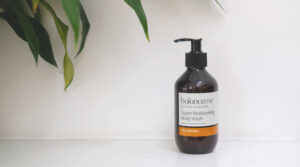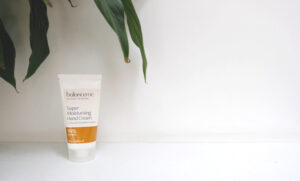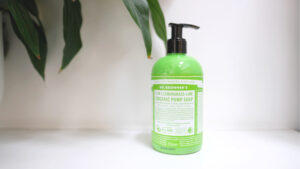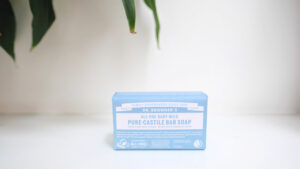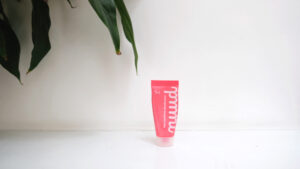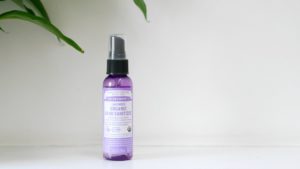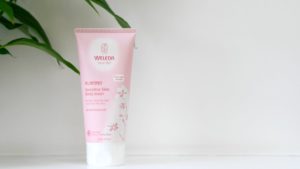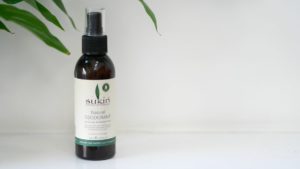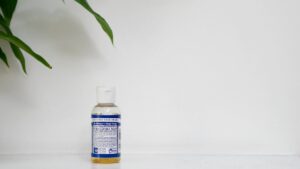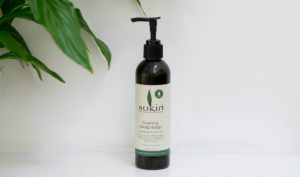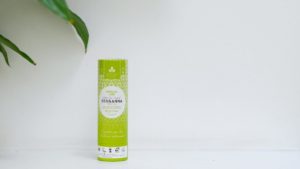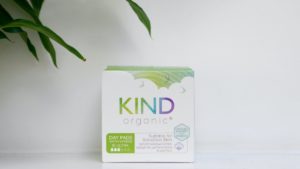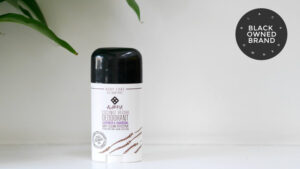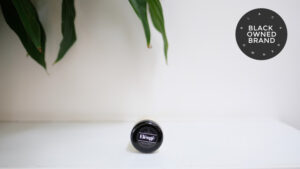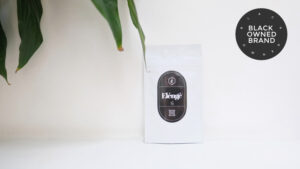Dust mites not only affect those with asthma, but with eczema too. Some people’s eczema is literally caused by a dust mite allergy, and so it’s vital to do everything possible to prevent dust mites from getting anywhere near you and your precious sensitive skin! When you suffer from eczema you have a broken skin barrier, which allows dust mites to get through the skin and cause your eczema to flare-up in an allergic reaction.
What are dust mites?
Dust mites are tiny arthropods that aren’t actually visible by the human eye because they’re so tiny. They feed on the dead skin cells that humans shed, and mostly live in bedding because that’s where there is the highest amount of guaranteed dead skin cells for them to feast on. So what can you do to ensure you don’t come into contact with dust mites?
Many people without eczema also suffer from dust mites, with a large percentage of the population having an allergy to dust mite droppings which are found in all soft furnishings such as beds, sofas, bedding, and even curtains. Anywhere that is warm and humid, dust mites like to live! Being allergic to dust mites and dust mite droppings means you’ll have an allergic reaction just like any other; sneezing, itchy skin and eyes, and coughing.

What’s so good about wool bedding?
Wool bedding is the best possible hypoallergenic bedding you can buy. The dry environment created by the wool fibres inhibits bacteria, fungus and dust mites, amongst other things, and also enables you to get a better sleep due to the temperature regulating aspect of wool. Bedding from The Wool Room in the UK is endorsed by Allergy UK, so you know it’s safe to buy if you suffer from any allergies. We recommend switching your mattress topper, duvet, pillows, and any blankets you use to wool for the best chance of eliminating the dust mites from your bed. You should also wash your sheets and pillow and duvet covers once a week on a hot wash.
While dust mites are prevalent in synthetic, feather, and down bedding, wool is too dry for them as they need a nice humid (warm and moist) environment to survive in. It really is the best option if you suffer from a dust mite allergy, or think dust mites might be to blame for your eczema and asthma flare-ups. If you’re not sure whether you have an allergy, ask yourself if you often get the symptoms at night, or find yourself getting itchy eczema on the exposed parts of your body that pajamas don’t usually cover. If you do, then it’s very likely that you’re allergic. And even if you’re not allergic, who wants hundreds of thousands of dust mites (both dead and alive) in their bed?!
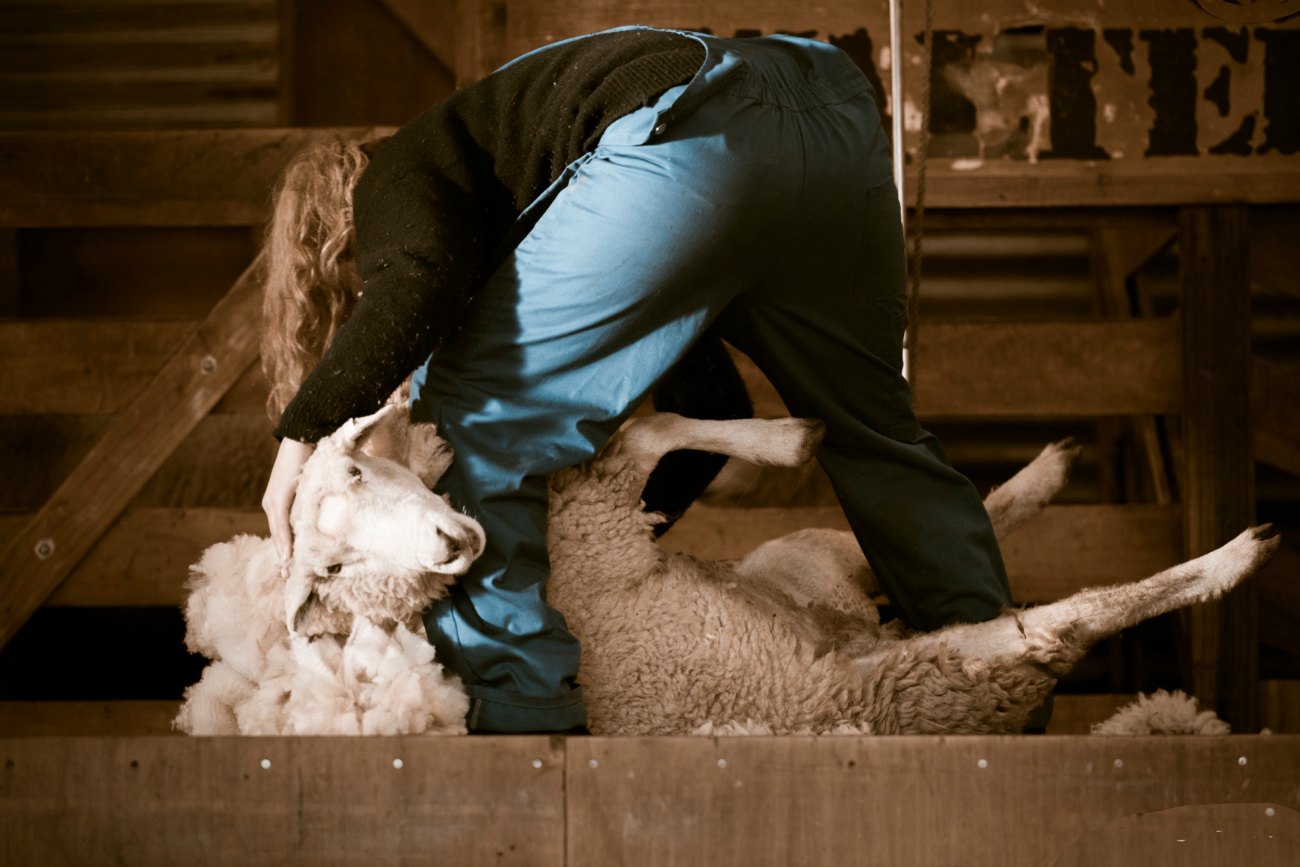
What about my mattress?
Memory foam mattresses are similar to wool in that they’re typically very cooling, and so don’t provide that warm environment for dust mites to live. A memory foam mattress also makes it pretty much impossible for dust mites to burrow into the material, and the density of the memory foam makes it difficult for them to thrive, so you’re much less likely to end up with a mattress full of tiny mites.
As well as restricting the amount of dust mites, a memory foam mattress will also inhibit the growth of fungus and mould – thus protecting your overall health – due to the cellular nature of memory foam. The lack of fibres in the mattress means it’s very difficult for dust mites, mould, and fungus to survive.
Don’t Forget To Wash On Hot
Even after you’ve made the switch to wool bedding and a wool or memory foam mattress, remember to wash all bedding regularly on a hot wash setting, and make sure you also wash cushions, blankets, and vacuum carpets and curtains regularly. if you can’t wash your sheets on a hot wash, freeze them overnight in the freezer as dust mites also hate the cold. Dust mites love any soft furnishings, but keeping everything clean will help even when you can’t switch every single item over to wool!


